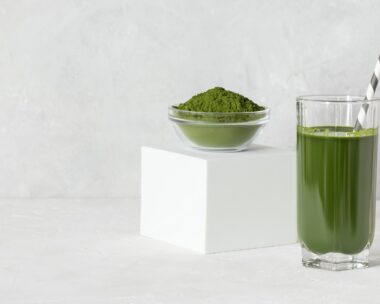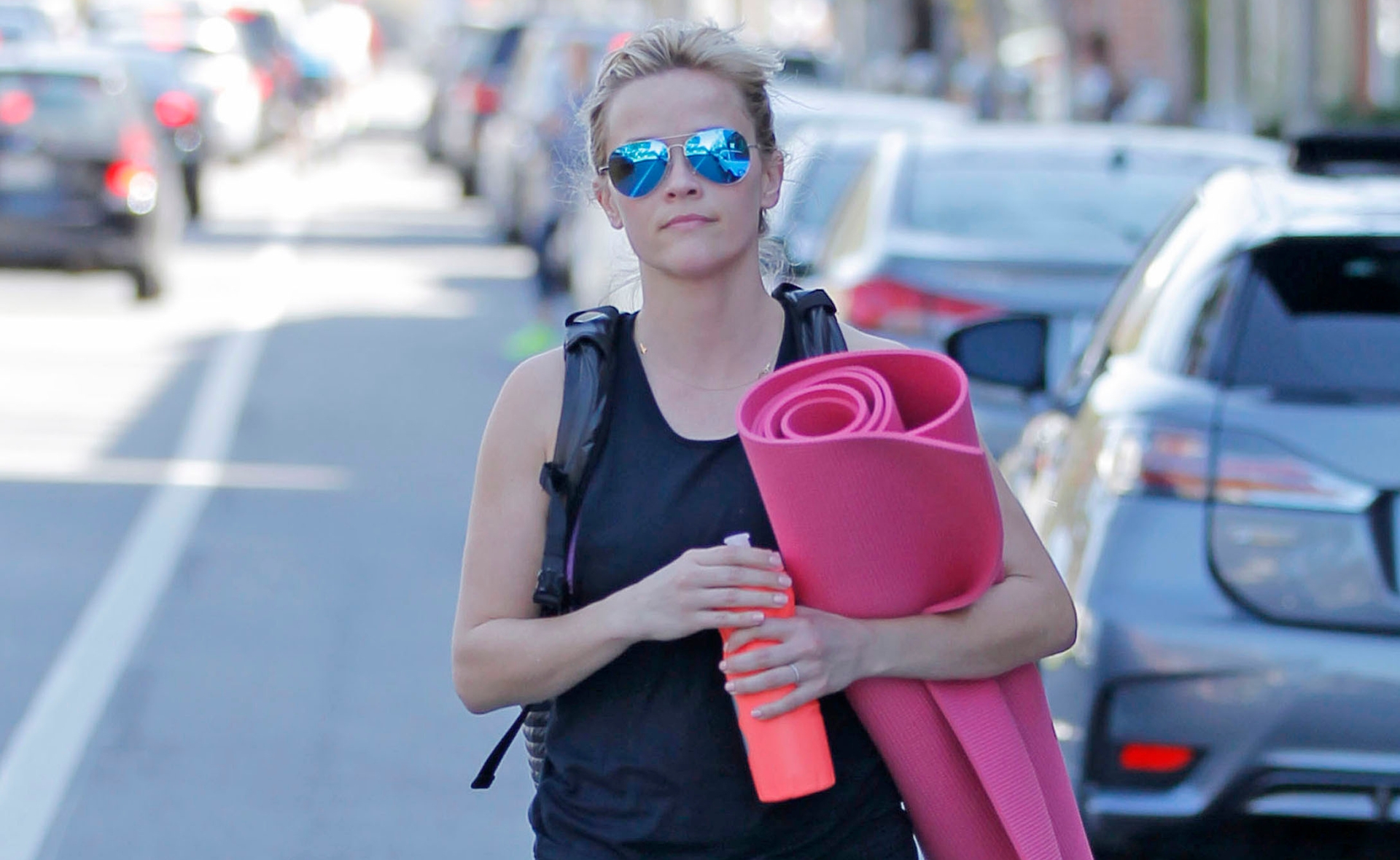A sweet tooth can be harder to tame than a nicotine addiction, says Pamela Allardice. Here’s what you can do about it.
The average Australian eats over 27 kilograms of sugar a year; and that’s without counting added sugar, courtesy of sweeteners like high-fructose corn syrup, which is found in many processed foods. This avalanche of kilojoules is fuelling our obesity epidemic, along with related health problems, including diabetes and heart disease. These ideas can help you cut hidden sugar and control your cravings naturally.
- Purge your pantry. Refined foods add unnecessary sugar to your diet; they are also lacking in fibre and minerals, which your body needs to metabolise sugar. Check labels: you will find sugar in the strangest places, like barbeque sauce, soup and bread. In addition to cane sugar, molasses, and honey, look for fruit-juice concentrates, sucrose, maltose, fructose, and dextrose. Buy sugar-free or at least low-sugar packaged foods – remember that ingredients are listed in order of amount, so if a sugar is one of the top items, that product is high in added sugar.
- Go natural. Choose foods that are as close to their whole, natural state as possible – for example, rolled oats instead of cereal, an orange instead of orange juice. Eat high-fibre whole-grains, quality protein (chicken, fish, legumes, unsweetened yoghurt), and healthy monounsaturated fats (olive oil, avocadoes, flaxseed, nuts). This will stabilise your blood sugar levels and keep you feeling full for longer. Green tea and the herbal supplement gymnema will both help quell cravings.
- Swap sweeteners. Natural sweeteners like honey are still high in kilojoules, but they may provide useful trace nutrients. Experiment with alternatives like agave and stevia. Agave syrup is made from the Mexican agave cactus. It has a pleasant, fruity taste and is around twice as sweet as sugar, therefore halving the kilojoules. Agave contains inulin, a type of fructose that is absorbed slowly into the bloodstream, meaning it has a low glycaemic index (GI) and is suitable for diabetics. Stevia, from another South American plant, Stevia rebaudiana, is kilojoule-free, with a cool, aniseed-like aftertaste. It is very potent – about 300 times sweeter than sugar – so only very little is needed. Both agave and stevia can be easily added to beverages and baked goods, although you will need to experiment with quantities. Find them in health-food stores, or at www.happyplanet.com.au or www.livingearth.com.au.




